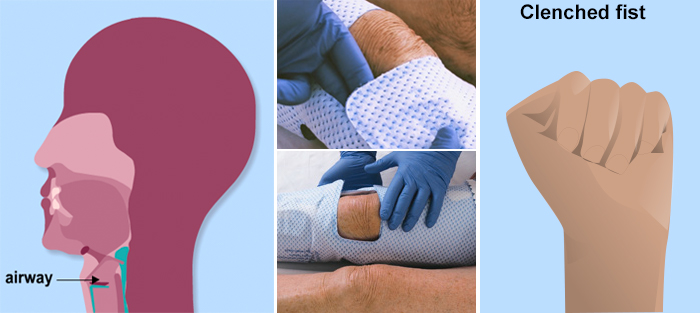We all need to be able to tense and relax our muscles in a smooth, coordinated way in order to move and function normally. This constant flux in the levels of muscle contraction (tone) as we move and rest is usually subconscious and occurs automatically as we go about our daily lives. Following damage to the brain, such as after a stroke, we commonly see alterations in the usual patterns of muscle tone which make movement and function difficult. As a result muscle tone may become too high or too low to move normally.
All stroke patients have the potential to develop muscle tone management issues, regardless of the size or location of the stroke. Around 40% of stroke patients exhibit spasticity on discharge from hospital. (Ref) The extent of this problem can be influenced by the quality of care and therapy patients receive during their recovery. Muscle tone that is not well managed may have negative effects on physical and functional outcomes. Rehabilitation aims to address these difficulties. Everyone who works with a stroke patient in the course of their recovery, in hospital or at home can positively influence outcome with respect to tone management.
Until recently, the management of muscle tone after stroke had been less of an explicit priority in the national stroke strategy than other post stroke risks such as pneumonia, dysphagia (through disordered swallow) and DVT (through immobility and failure to adequately fit intermittent compression sleeves) for example. As a result, a section on tone management is now specifically included within the Scottish Stroke Improvement Plan (Ref) and this module is designed to empower clinicians to manage patients well with respect to muscle tone issues after stroke. In future, the extent of tone management service provision in Scotland will be audited across health board sites.

The specific aims of this module are to explore the clinical presentations of abnormal muscle tone, gain understanding of its nature, causes and solutions from physical, functional, medical and psychological perspectives. The impact and implications of tone management will be considered with respect to individual case scenarios, service delivery, clinical pathways and health economics. Best evidence will be presented to support the recommendations made within this module. The reader will be able to engage with a range of interactive tools for learning and will have the opportunity to validate that learning through a test at the end of the module.
Good muscle tone management after stroke is everyone’s role
Page last reviewed: 30 Apr 2020


